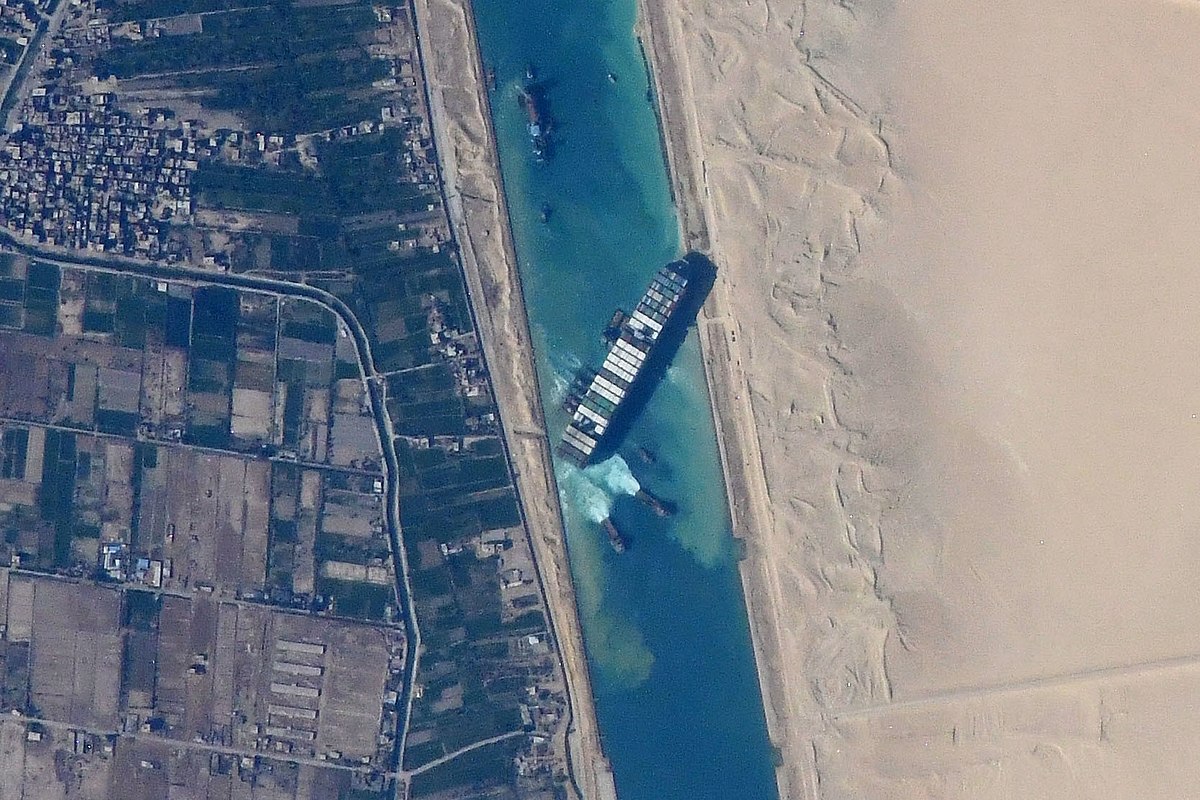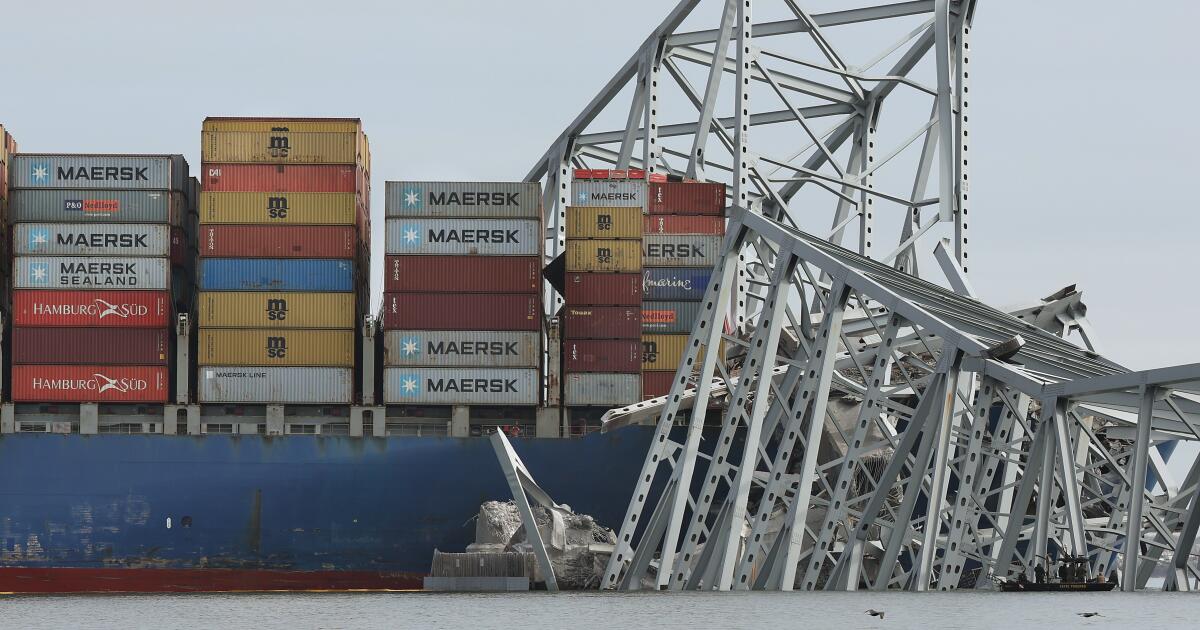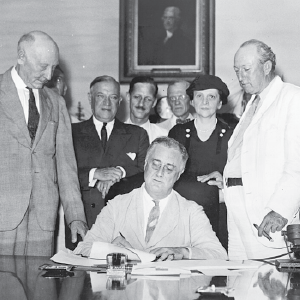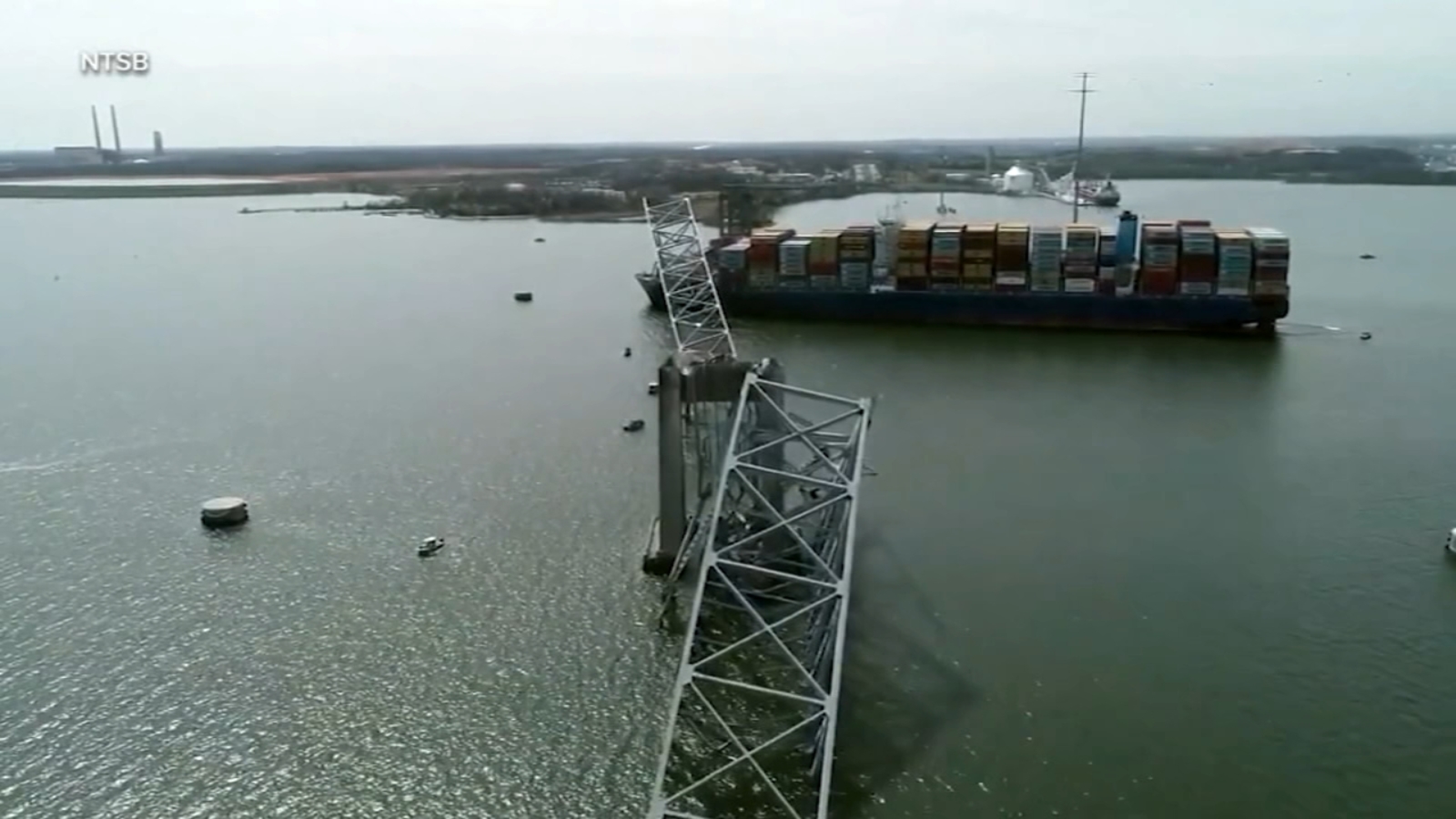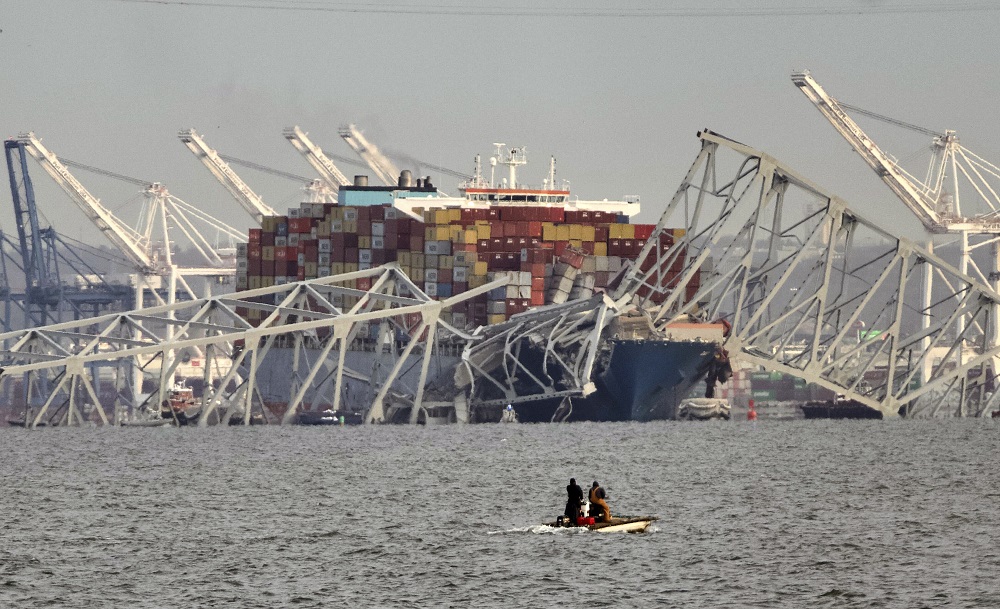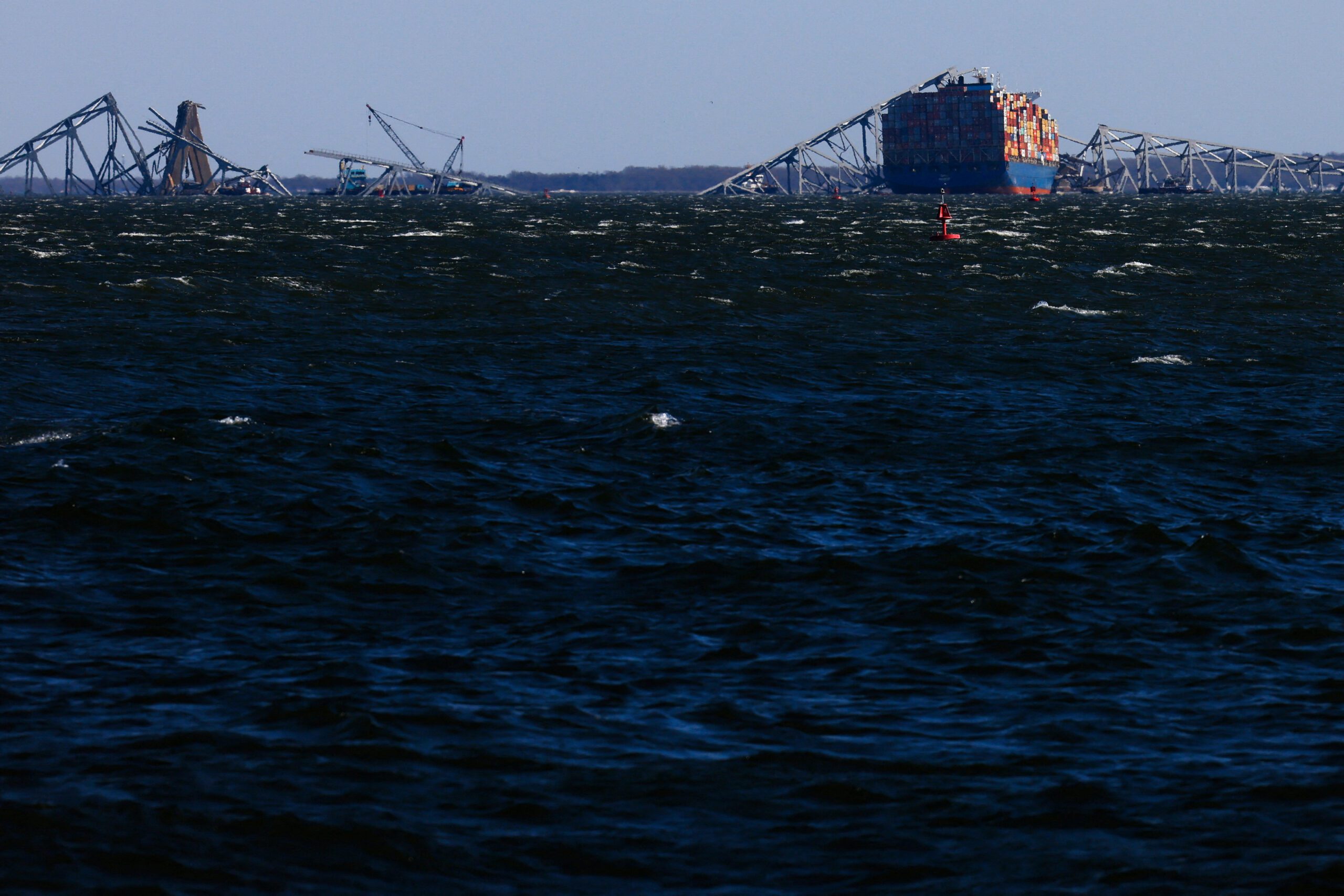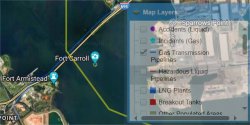The Dali is not a huge container ship, in the world of contemporary maritime shippingOr just an acceptance that we’ve reached max capacity for handling such huge container ships. They had to widen the Panama Canal already and most of these US ports have likely been upgraded. Big questions for environmental impact, balance of trade, etc. With bigger and bigger ships are we reaching the point of diminishing returns?
I refer to the wonderful chart posted by #ifindedout (Post #521) that compares relative lengths, weights, capacity of cargo ships. I believe it was determined that the Dali was on the upper limit of the B group or the lower limit of the C group, Panamax Max / Post Panamax I, while the F group, the largest ships out there carry more than 4-5X the capacity of the Dali.
The rate-limiting steps are the length and the ships ability to navigate through the Panama and Suez canals. The famous Ever Given ship blocked the Suez Canal for 6 days in 2021 and that ship appears to be in the F group, 400 ft long and 20,000 TEU capacity
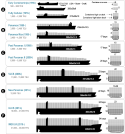
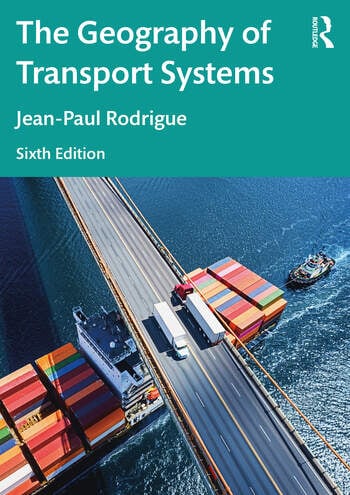
Evolution of Containerships | The Geography of Transport Systems
 transportgeography.org
transportgeography.org
